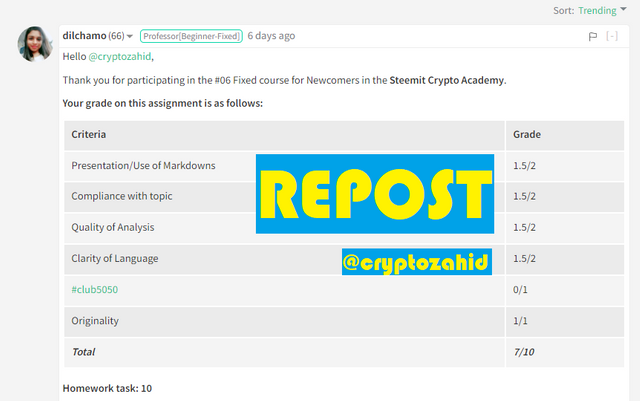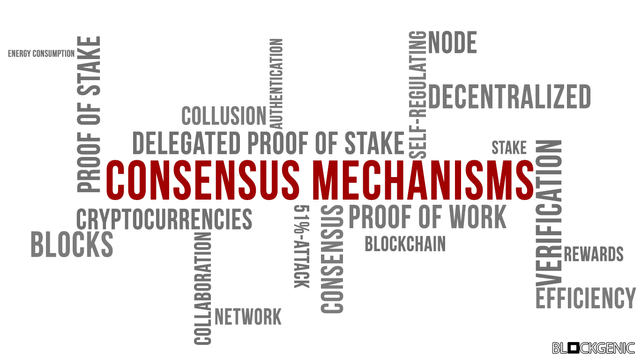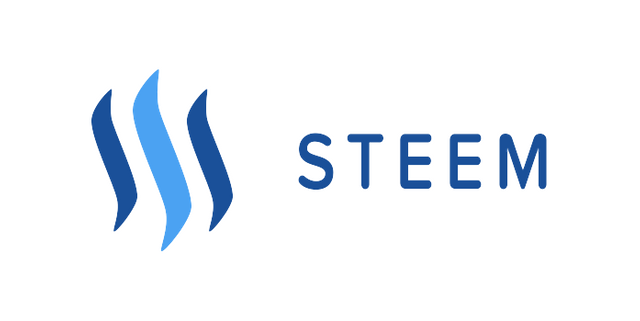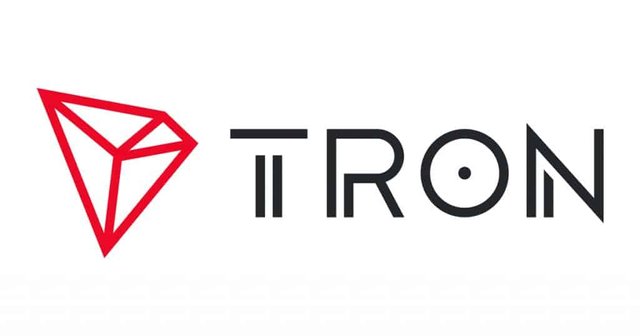Main Post Link
Please curate my post Professor @dilchamo
Hello, dear steemit users on this platform. Today I am writing the post for the 5th Homework task lectured by Professor @sapwood that is on Different types of Consensus Mechanisms.
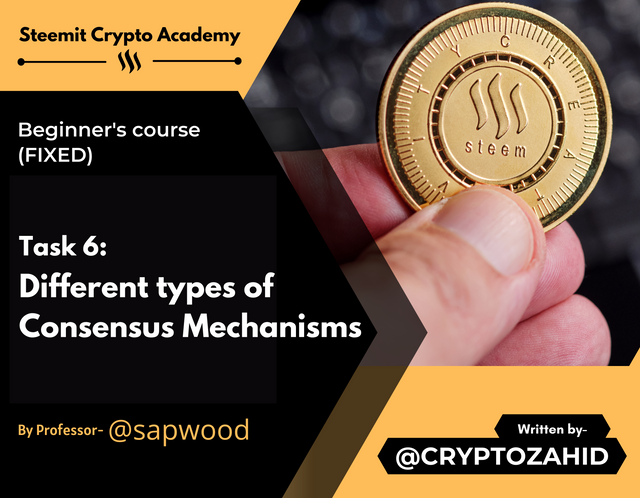
Designed in Canva | by @cryptozahid
There are three different questions available for every Fixed Homework Task. For this 9th task, I have chosen the second part which is about BConsensus Mechanisms. I have read the lecture carefully. Now I am writing the answers to the questions I have selected. I have also added the questions in bold letters below. So, Let's start.

QUESTION (2)
What is the difference between PoS & DPoS? Advantages & Disadvantages? Name a few Blockchain projects which use the DPoS consensus mechanism and indicate the scaling capacity?

✪ Consensus Mechanism ✪
It is a method in which decision-making is achieved by a convention called the "Consensus mechanism". Regarding blockchain, we can say that the consensus mechanism is a protocol that allows users (nodes) to behave and coordinate in a distributed manner. This mechanism ensures that all users or nodes operating on the network can agree on a single source of truth. The consensus mechanism is the method used by the blockchain to generate agreement, trust, and security.
The Proof of Work (PoW) consensus mechanism is the first consensus algorithm in blockchain history. This is because, the first blockchain in history, Bitcoin used it to reach an agreement on transactions on the blockchain network. There are several types of consensus mechanisms used by various blockchains. Such as PoW, PoS, DPoS, PoC, PoB, PoET, etc.

✪ Proof of Stake (PoS) ✪
It was originally proposed as an alternative to proof of work (PoW) in 2011. PoW and PoS have the same goal of achieving consensus in blockchain, but the process of achieving consensus at all.
In the PoS consensus, miners are removed, high power consumption is reduced, and there is no need for special hardware (nodes). A normal PC coffin would probably suffice. Unlike PoW, where miners place electricity and hardware, all you are ordered to put under the PoS system is your cryptocurrency (staking).
In the PoS system, participants can stake their coins by blocking them (staking) and, at certain intervals, the system randomly selects the node that will validate the next block or transaction. Selection is based on the stake amount, stake age, and randomization. The stake amount determines the odds of being selected as the next block validator.
PoS Validator Factors:
Amount of stake
Randomization
Age of coin
The node in the selection for the next transaction, the block reads it and adds it to the blockchain. A node is rewarded with a transaction fee associated with the block it mined after successful validation. Miners are given an imbalance of funds from transaction fees in PoS, while in PoW miners receive new tokens just as rewards.
Advantages of POS
Energy consumption:
POS uses less computational power to create these blocks. Difference from POW, no problem is required to solve complex mathematical problems (mining) that require high-tech, high-powered computers. There is only one Algorithm that selects the validator according to what is at stake.
Efficient validation process:
In POS, validators get a Transaction Fee as a reward for every successful transaction they validate, and, furthermore, there is less possibility of losing their staked coins if they are caught validating a malicious or fraudulent transaction.
Speed:
POS has a normal speed at which blocks are created on the blockchain. The speed is fast and stable. In some cases, they exceed the time it takes to solve these complex math problems in POW.

✪ The Delegated Proof-of-stake (DPoS) ✪
This consensus mechanism is designed to build a technology-based democracy, this is done through an electoral process to avoid centralization and fraudulent use of Blockchain. It was developed in 2014 by Daniel Larimer, a founder of the American software developer of Bitshares, EOSIO software, and Steemit.
DPoS was created as an alternative to PoW and PoS. It is more scalable than the classical algorithm. It is designed to avoid the need to use machines with high computing power (nodes), high energy demands, and a long time to process transactions. Bitshares is the first DPoS based blockchain.
Working System of DPoS:
This is generally governed by the selection process. Certain influential Blockchain users are selected for the role of “witness” or “delegation” by the general masses on the blockchain.
Witnesses, not miners, are responsible for creating or adding blocks to the blockchain. They are block forgers. On Steemit, for example, there are 21 witnesses who regulate Blockchain affairs. They are responsible for validating transactions.
Delegates are more like Blockchain administrators. They were chosen to regulate Blockchain affairs and propose important changes. They are not responsible for block creation and validation. They determine transaction fees, block sizes, token payments, and blockchain block intervals.
The election is the process of voting by witnesses and representatives. Elections are an ongoing process. This puts witnesses under pressure to lose their position to rivals or other competitors. The loss of reputation and the risk of losing their ownership prevents witnesses from engaging in fraudulent or malicious activity on the blockchain.
Every Blockchain user is given the same opportunity to be selected as a witness. Therefore, DPoS is the most democratic approach to the blockchain consensus mechanism.
Advantages of DPoS
It does not require a minimum stakeholder token to participate. Smallholders were brought with them.
It is the most democratic building true decentralization.
Equal opportunity is given to all members to be elected or selected as witnesses.
Faster than PoW and PoS blockchain.
Lower energy demand. Energy efficiency. Environmentally friendly.
No need for hardware with high computing power.
People use their wisdom to choose who is best suited to testify.
Low transaction fees or no fees
Fraudulent witnesses can be eliminated.
Witnesses are motivated to be honest at the risk of losing or losing their stakes and reputation.
Disadvantages of DPoS
The number of witnesses is limited. For example, there are only 21 witnesses on the Steemit blockchain or 27 Super Representatives on the Tron Blockchain.
It requires all network members to be active for effective governance. This can present a big challenge when some users experience power failure issues or hardware issues.
The presence of witnesses, delegates, and representatives makes it look more like a centralized system as the great whales gain more control over the network by electing their friends as witnesses and delegates.
Due to its semi-decentralized nature, it works well for social networks like Steemit than financial networks.
As in real-life voting scenarios, there is a tendency for low voter turnout.
We are most vulnerable to more than 50% attacks when whales and their friends gain a lot of power on the network and control more than 50% of the network.

| Index | PoS | DPoS |
|---|---|---|
| 1 | Block creator is chosen in a deterministic way | Block creator or validator is elected or voted. |
| 2 | Less scalable compared to DPoS | More scalable than PoS |
| 3 | There's no block reward. The miners are rewarded with funds from transaction fees | Validators are paid with staking rewards |
| 4 | Only those with high stakes and low hash value get the chance of being selected | Equal opportunity is granted to every user to be considered for election as a validator or a delegate. |
| 5 | Decentralized | Semi-decentralised |
| 6 | Consensus is based on randomization | Consensus is a predetermined order based on the trust of the Delegates. |
| 7 | Good for financial use cases | Suitable for social use cases e.g. Steemit. |
| 8 | There's transaction fees | No transaction fee |

✪ Name a few Blockchain projects which use the DPoS consensus mechanism and indicate the scaling capacity? ✪
The scalability of a blockchain is its ability to expand its ability to process more transactions per second. It can also be seen as transaction speed i.e. the number of transactions processed in a given second. Below are some of the blockchains that use the DPoS consensus mechanism and their scalability.
Steem:
Steem is one of the tokens that the author receives for sharing ideas on steemit. It is a social media blockchain whose scalability is rated higher than the ethereum and bitcoin networks. The Steem is better than many other networks.
Tron:
Tron was founded by a Chinese software developer named Justin Sun. Tron was integrated into the steemit blockchain network after an agreement was reached in December 2020 which is the reason why steemit users were rewarded with Tron for posting on the steemit platform. Tron has a scalability of over 1,000 transactions per second.
EOS:
EOS blockchain has been built for not only public but also private sections. There is no chain transaction fee for EOS.
Daniel Larimer is a co-founder of EOS. He is also the founder of Steemit. EOS has a scalability of 10,000 transactions per second. EOS can handle more separate blockchain transactions due to its transfer function between blockchains.
Telos:
Telos is the second most used blockchain with 10,000 TPS scalability and 0.5 second block time. The original utility token of the telos blockchain is TLOS.

CONCLUSION
I have answered all questions for this homework task 6. I have learned about the Different Types of Consensus Mechanisms and many pieces of information. I really want to thank professor @sapwood for arranging this great homework task for beginners. Thanks to my steem friends for reading this post.
